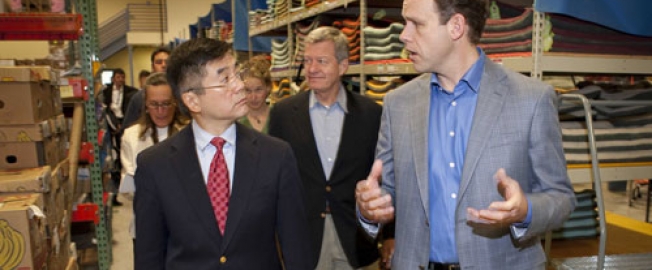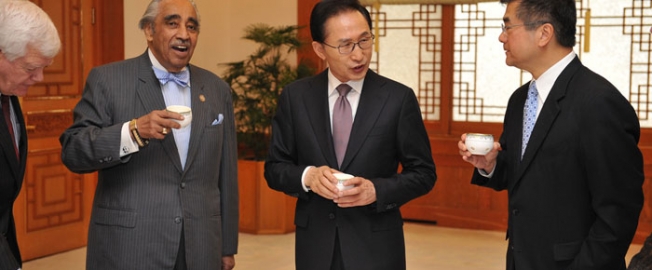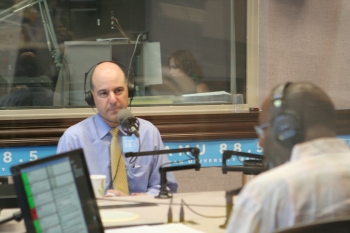USPTO Director Kappos Talks Jobs, Innovation and Patent Reform with Kojo Nnamdi
Today USPTO Director David Kappos was interviewed by popular Washington, D.C. radio host Kojo Nnamdi for a segment focused on patents as a vehicle to create new jobs, the patent reform legislation currently pending in Congress, and improvements made at the USPTO under Director Kappos’ leadership.
Topics discussed in the interview included the Leahy-Smith America Invents Act and how a change from a first-to-invent system to a first-to-file system as called for in the legislation would impact the innovation community. Kappos noted that this is really a first-inventor-to-file system, meaning that the person who files the patent application has to be the inventor. He pointed to this system as one that is more transparent, simple and objective and one that provides greater certainty for inventors.
Beyond the move to a first-to-file system, Kappos highlighted other ways the legislation will help inventors and strengthen our nation’s global competitiveness. Among these changes, the legislation will improve the agency’s funding model, which will help the office improve its processes and ultimately shorten the time it takes to get a patent.
With respect to user fees, Kappos pointed out that full funding of the USPTO is necessary for the agency to effectively perform its mission. He noted that the language regarding USPTO’s access to its fee collections varies slightly in the House and Senate bills, but that members of Congress seem to agree that the USPTO should have access to all the fees it collects. Overall the administration supports this legislation—which would represent the first significant enhancement to the U.S. patent system in 60 years.
The interview closed with a discussion of the many resources the USPTO has available to assist the independent inventor community, the proposed Three-Track patent review system, and the storied history of the U.S. patent system.
Audio and a transcript of the interview will be available on the WAMU-FM website.












